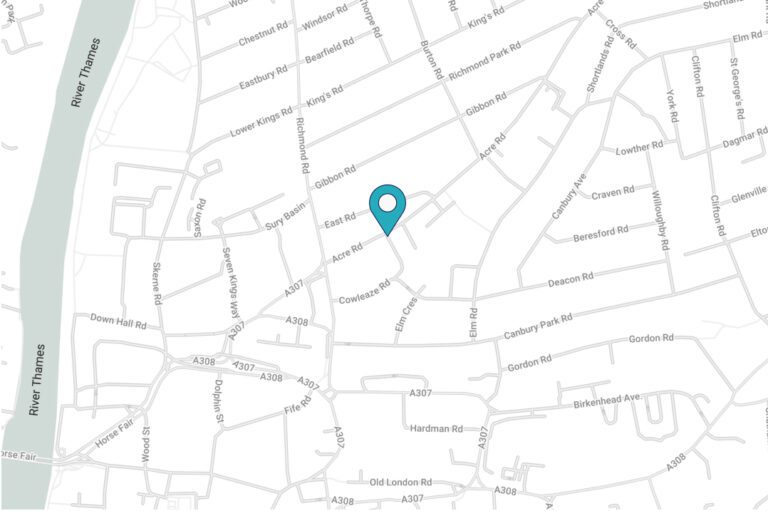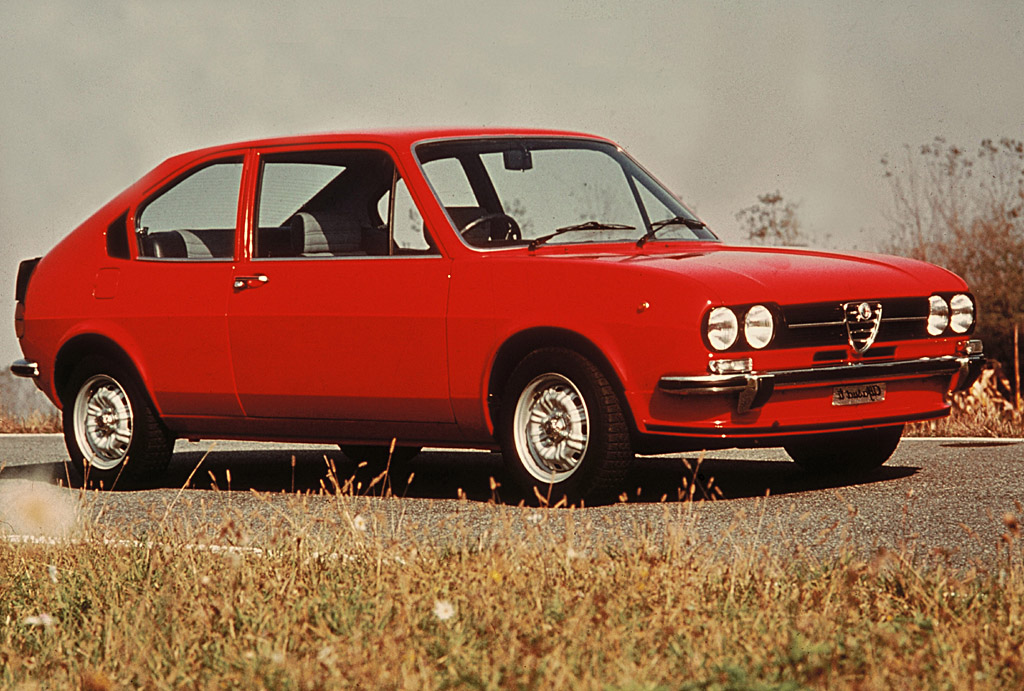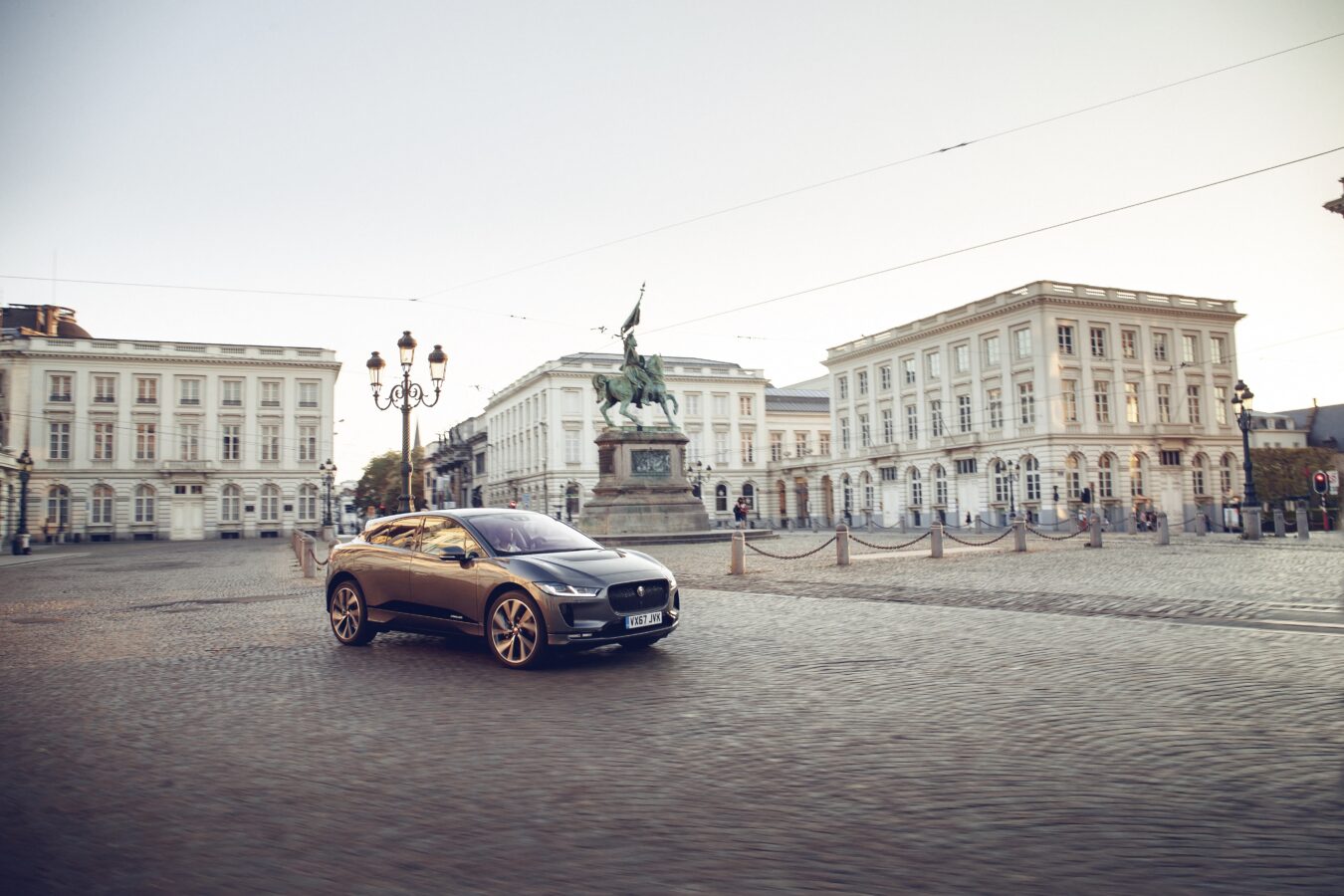From our last blog on disappearing car technology to the fresh tech that is transforming the way we communicate in our cars. Onboard Wi-Fi hotspots and connected infotainment systems allow us to stay in touch more easily than ever and the steady supply of press releases on the subject suggests this isn’t going to change. Critics point to these added distractions as a danger but if our new company pool car is anything to go by, the latest tech can also fix bad habits as well as introduce new ones.
Within just a few hundred yards of leaving the office I’d been treated to a veritable chorus of electronic beeps and chimes. You see, even regular family cars now come equipped with the kind of hi-tech safety kit that just a few years ago was the preserve of expensive luxury models.
This clever new tech isn’t universally popular judging by the reaction of some of my colleagues, but I think they’re missing the point.
I used to drive into central London every day and this fosters bad behaviour – following the vehicle in front so closely that you can read the small print on the bottom of the numberplate, for example. It’s a habit I’ve yet to shake off and as I approached my first junction, a warning bell sounded to alert me to the presence of the 7.5-tonne lorry that was filling the windscreen. Thank you Forward Emergency Braking…
Of course, I had already seen the garishly liveried truck and had no intention of driving into it but the onboard electronics clearly thought otherwise and delivered admonishment in the form of a flashing light and warning beep. Irritating? Absolutely.
When this happened again the next time I came to a halt I resolved to take a more relaxed approach and, hey presto, no more beeps.
Then I joined the motorway and the Lane Departure Warning system went into overdrive. It seems driving in central London has also endowed me with a laissez-faire approach to indicators. And the car didn’t like this.
Every time you stray over the white lines without warning fellow motorists of your intentions, you’re reminded of your absent-mindedness with a chime and telltale orange warning light on the dash. The effect? After a handful of poorly signalled manoeuvres my behaviour had been altered and I was dutifully using the indicators like a sweaty-palmed learner on their driving test.
Yes, I could have turned the systems off if I wanted. And, yes, I generally indicate when it really matters anyway but by engaging more with the process of driving, and communicating my intentions with other road users, the technology had achieved something in the space of a few minutes that years of nagging have failed to do – and I was driving more safely as a result.
Now, does anyone know how to update your Facebook status using the touchscreen on the dashboard…?

















